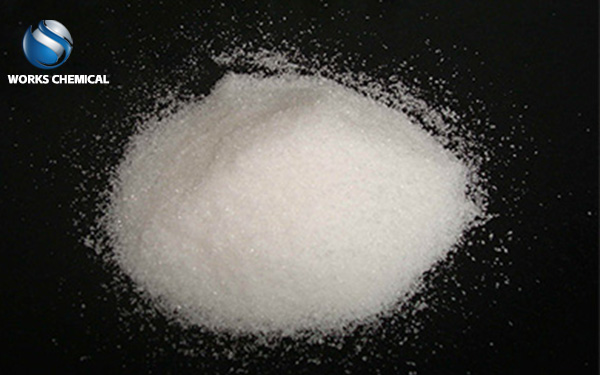
In the field of sewage treatment, sludge dewatering is a key link in reducing disposal costs and achieving resource utilization. However, the core indicator of sludge specific resistance (SRF) is like a "roadblock", directly determining the level of dewatering efficiency. Sludge specific resistance, which refers to the resistance generated per unit area when a unit mass of sludge is filtered under a specific pressure, the larger its value, the higher the difficulty of dewatering. In traditional processes, the specific resistance of sludge is generally high, resulting in high energy consumption and low efficiency of dewatering equipment. The emergence of sludge enhancers has successfully solved this problem through multi-dimensional action mechanisms.

I. Sludge Specific Resistance: The "Barometer" of Dewatering Performance
The physical significance of sludge specific resistance lies in quantifying the filtration resistance of sludge. Taking the experimental data of a certain sewage treatment plant as an example, the initial sludge specific resistance is as high as 4.1354×10⁹ s²/g, far exceeding the range of 0.1-0.4×10⁹ s²/g required by mechanical dewatering. This means that the sludge particles are fine, have a high surface charge, and the water is firmly bound, making it difficult for traditional pressure filtration or centrifugal dewatering to separate them efficiently.
Two. Sludge enhancer: Four mechanisms reduce specific resistance
Sludge enhancers reconstruct the properties of sludge from four levels through chemical-physical synergistic effects:
Cracking of colloid structure
The inorganic compounds in the sludge enhancer neutralize electrically, compress the double electric layer of sludge particles, and destabilize the colloid. Organic macromolecular polymers, through the bridging effect of molecular chains, aggregate tiny particles into large flocs, significantly reducing the specific surface area.
Improvement of surface properties
The surface modifier in the sludge enhancer can adjust the charge distribution of sludge particles and reduce electrostatic repulsion. For instance, Qingdao Shijun Sludge enhancer reduces the surface load and specific surface area of sludge, making it easier for sludge to aggregate. In addition, surfactants can disrupt the cell structure of microorganisms, release the bound water within the cells, and break through the bottleneck of traditional dehydration technologies.
Construction of the physical skeleton
Polymer materials form rigid channels in sludge, supporting the pores between sludge particles and preventing the collapse of these channels during dewatering. In a certain case, after using the framework builder, the porosity of the sludge increased by 40% and the filtration resistance was significantly reduced.
Optimization of filtrate viscosity
The degreaser in the sludge enhancer can reduce the viscosity of the filtrate and decrease the filtration resistance. Experiments show that after adding the sludge enhancer, the viscosity of the filtrate decreased from 0.001 Pa·s to 0.0008 Pa·s, and the filtration rate increased by 25%.
Iii. Practical Data: Performance Leap Brought by the Efficiency Enhancer
The moisture content has dropped sharply
A certain printing and dyeing sludge treatment project shows that after using the sludge enhancer, the moisture content of the sludge dropped from 92% to 55%, and the volume of the sludge cake decreased by 65%. This data far exceeds the 75% moisture content of the traditional lime conditioning method.
The dehydration efficiency has increased exponentially
In the application of plate and frame filter presses, the sludge efficiency enhancer has shortened the pressing cycle from 8 hours to 3 hours, increasing the efficiency by 167%. The practice of a certain sewage treatment plant shows that the processing capacity of the filter press has been increased from 5 tons per day to 15 tons per day, and the equipment utilization rate has increased by 200%.
The comprehensive cost has been significantly optimized
After the sludge enhancer replaced lime, the frequency of filter cloth replacement decreased by 50% and the equipment corrosion rate dropped by 30%. Taking a factory area that processes 100 tons of sludge per day as an example, the annual maintenance cost can be saved by more than 200,000 yuan.
The sludge enhancer, by solving the problem of sludge specific resistance, not only reshapes the performance pattern of dewatering but also opens up a new path for the resource utilization of sludge. From laboratories to industrial sites, from single chemicals to intelligent formulas, this technological innovation is profoundly changing the future of the sewage treatment industry.